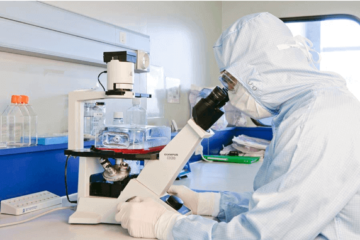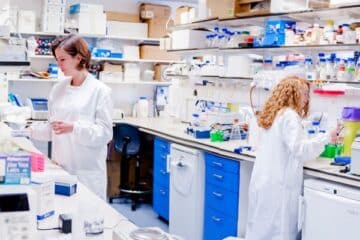Promising Advances in Stem Cell Treatment for ALS
Groundbreaking advancements in stem cell therapy offer hope in the fight against ALS. Researchers are exploring the potential of these cells to repair damaged tissue, slow disease progression, and improve patient outcomes. Stem cell treatments hold promise for revolutionizing the management of ALS, providing new avenues for hope and recovery.











